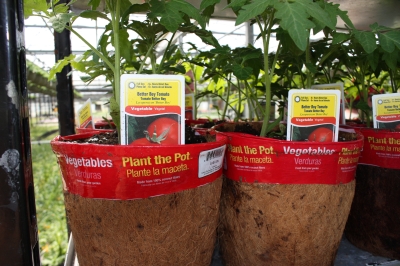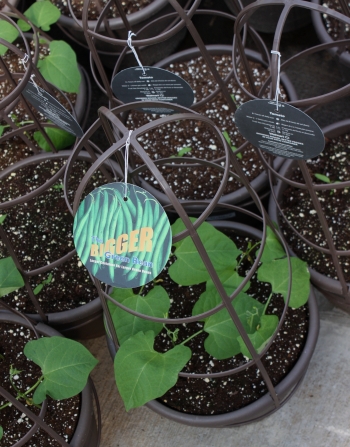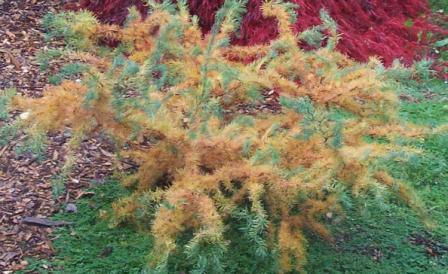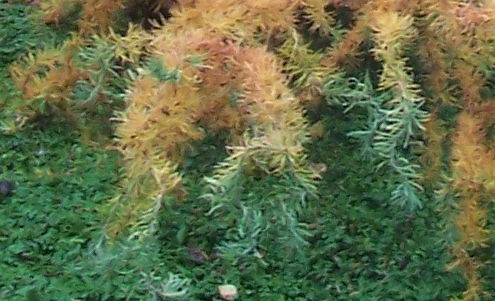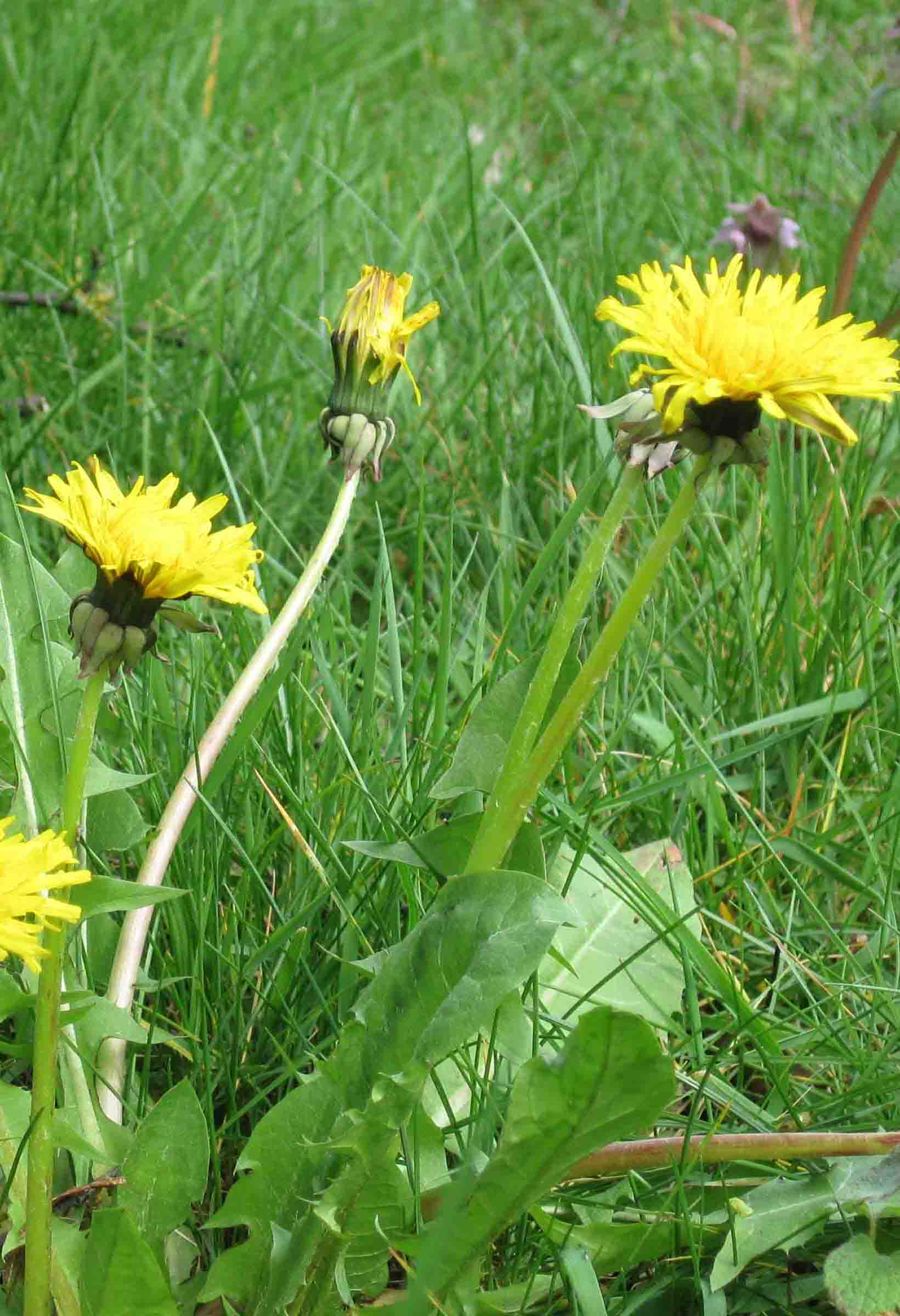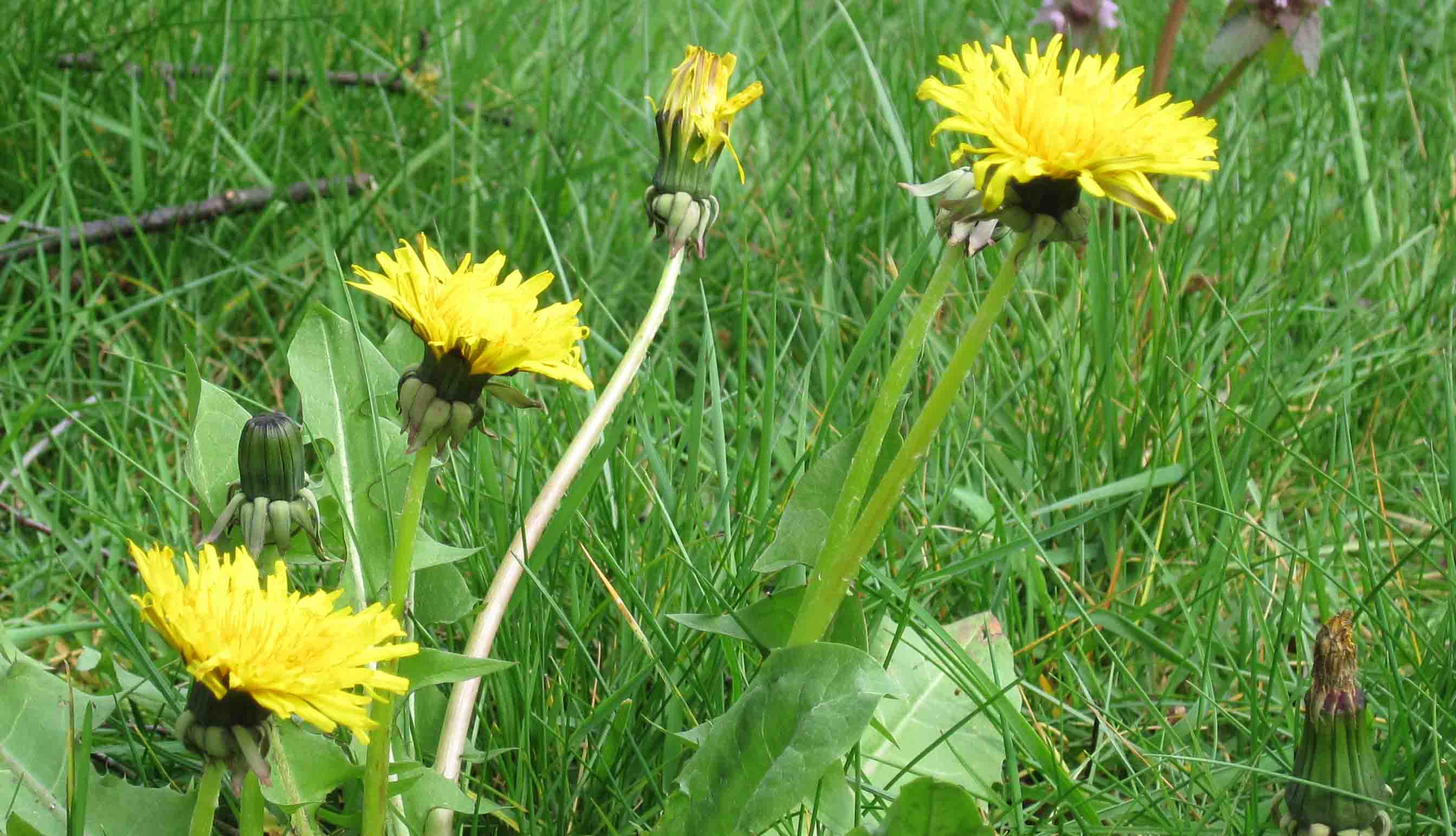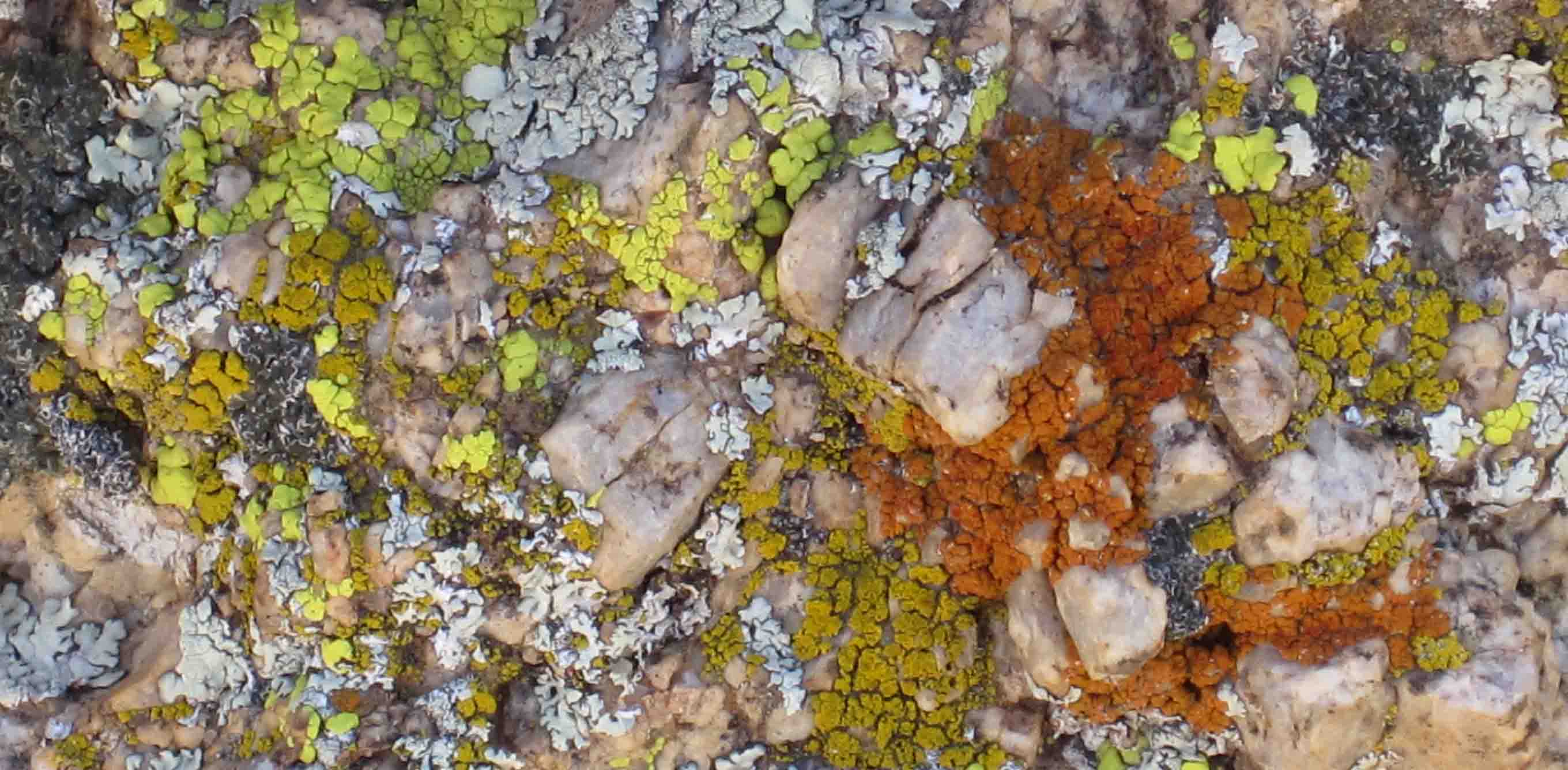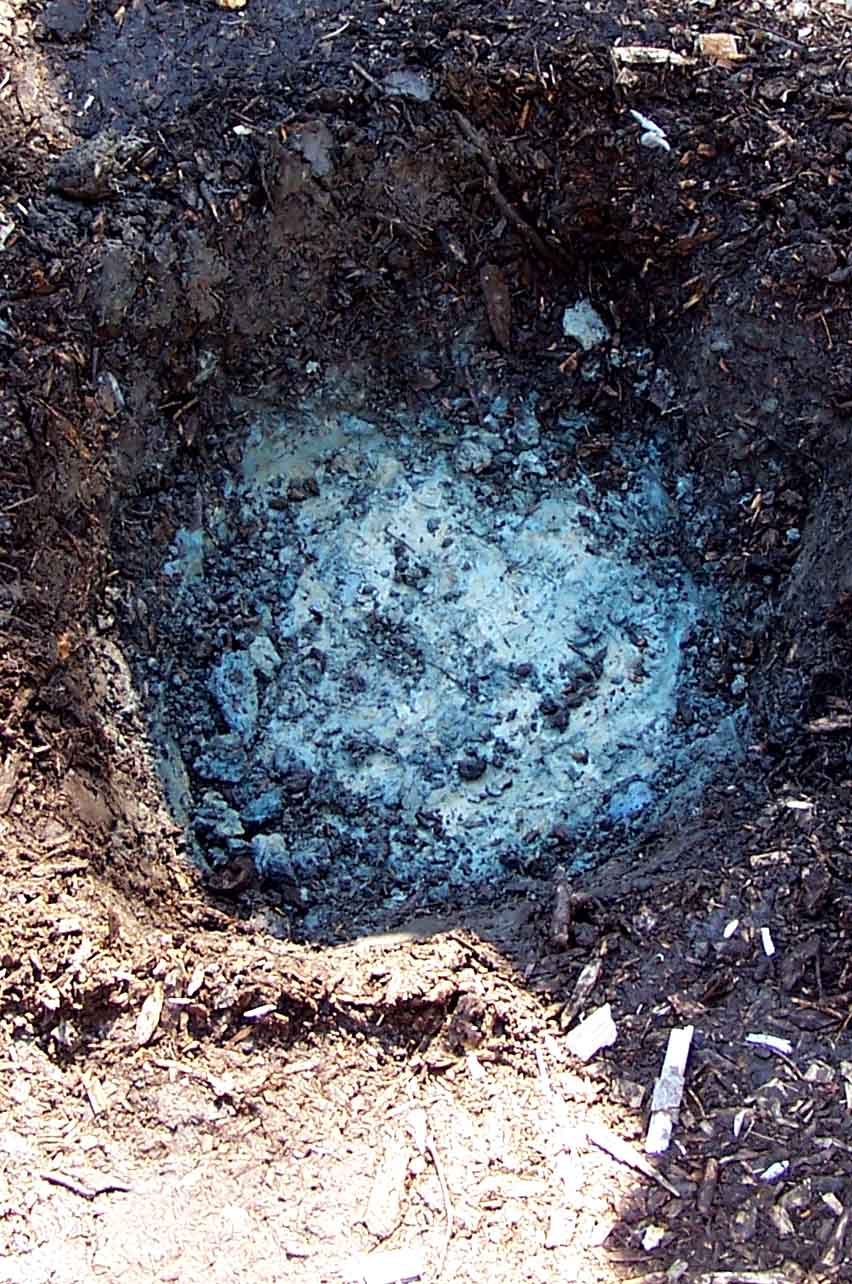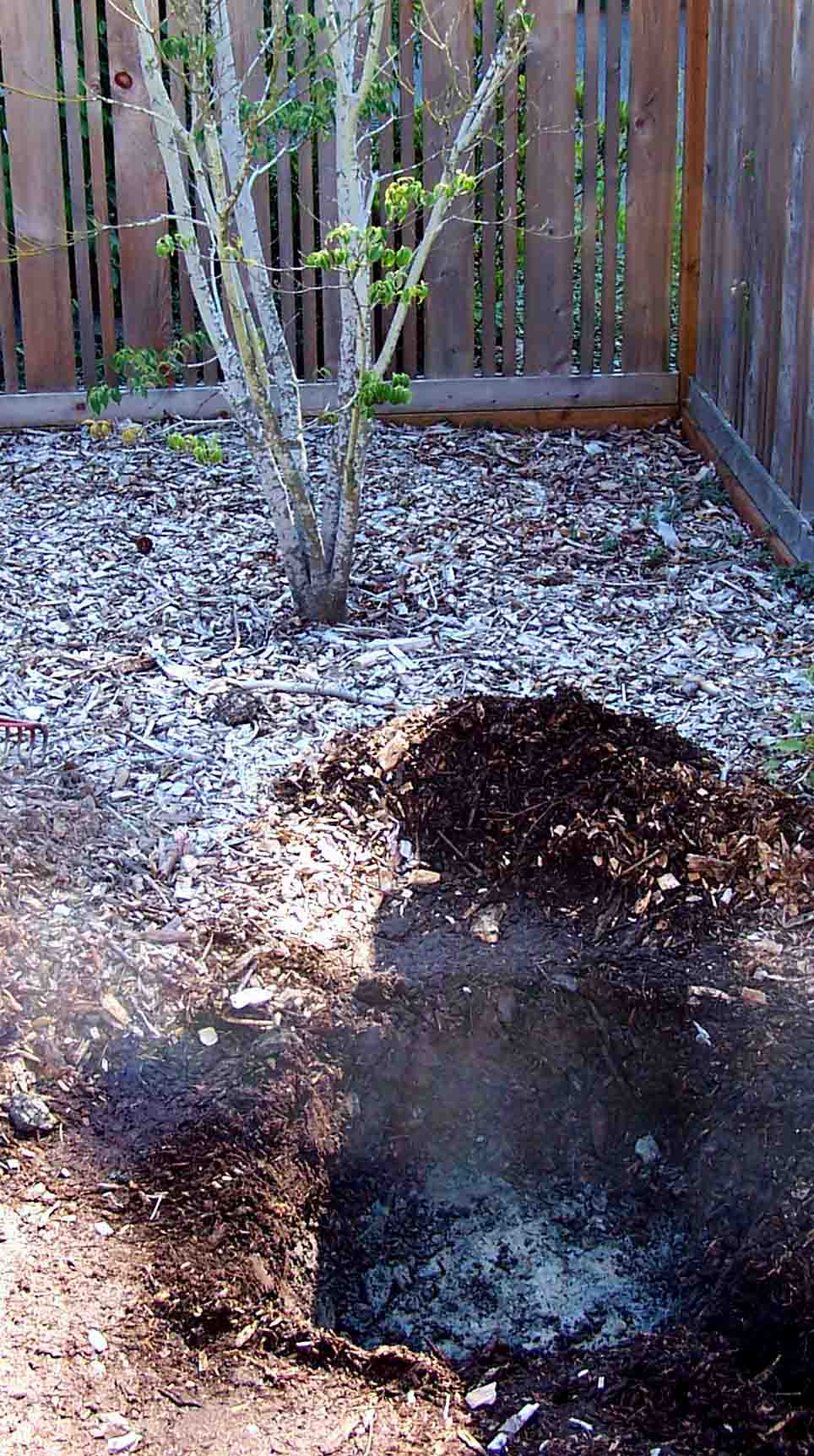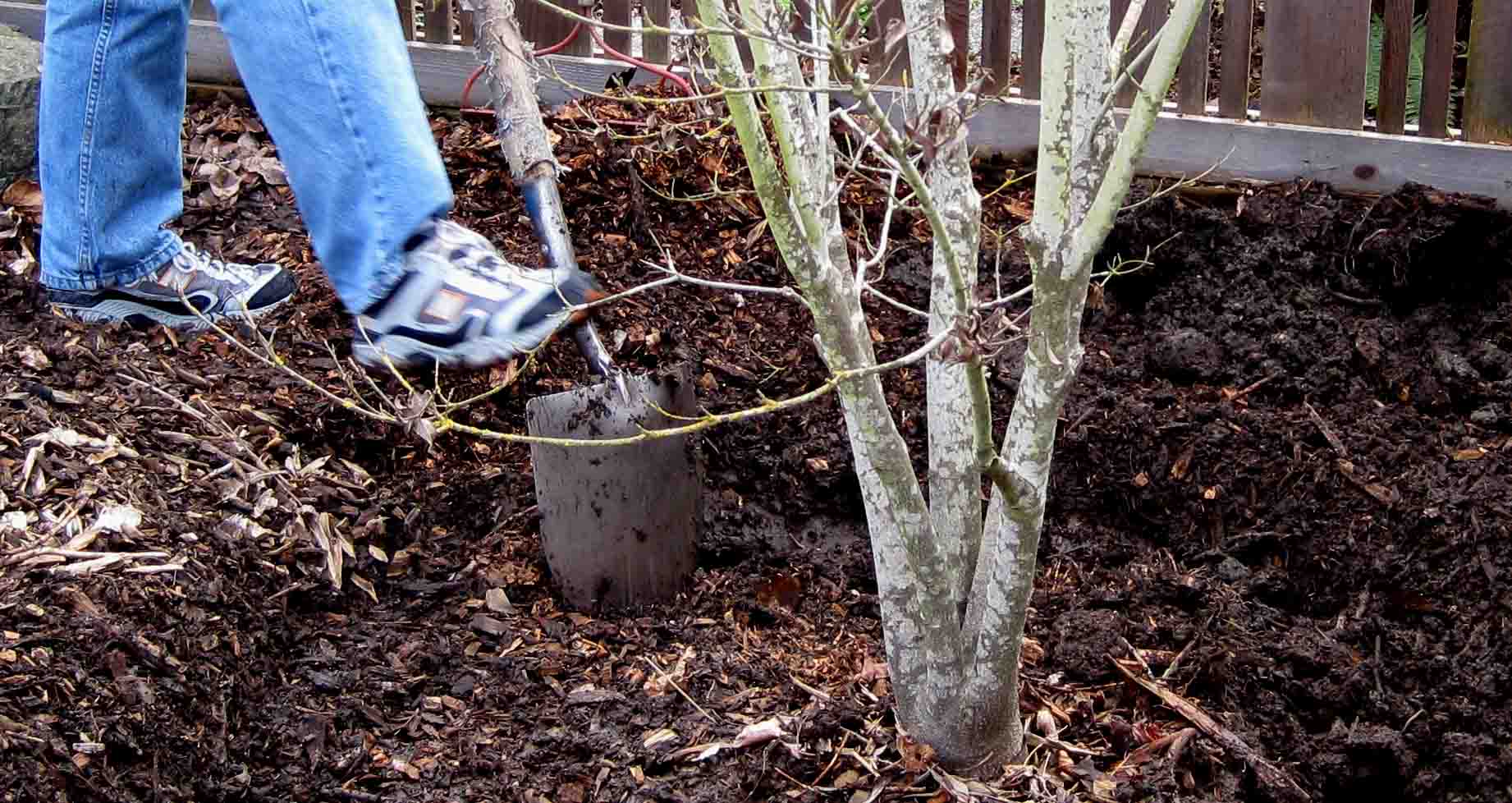
This past weekend I had the opportunity to speak at Epcot Center in Florida. It was, without a doubt, one of the highlights of my career so far. I spoke 6 times over the course of 3 days. The focus of my talk was garden remedies. I started by talking about Paris Green (a good story for next week), then made fun of some of Jerry Baker’s, Myles Bader’s and Joey Green’s recommendations, and then proceeded to talk about which homemade cures do and don’t work and why. And then I asked the audience for questions. I always ask the audience for questions at the end of my talks, but I’ve never had such a diverse audience before (both gardeners and non-gardeners from all across the country), so it was interesting to see which problems came up the most. The winner was…. Japanese beetle with fire ants and deer coming in a close second and third. With that in mind I thought I’d devote this column to Japanese beetle control.

Above is my newest prize possession — A statue of Mickey thanking me for speaking at Epcot
The first rule of Japanese beetle control is that you can’t control Japanese beetles. Nobody has found a sure-fire cure yet and, if you try too hard, you’re going to poison yourself and everyone in your neighborhood.
The second rule of Japanese beetle control is like unto the first. Don’t trust garden center employees to know a damn thing about Japanese beetle control.
The third rule of Japanese beetle control is not to make the problem worse that it already is. Using a trap to lure Japanese beetles to their demise will kill a few — and may make you feel like you’re doing something — but you will be attracting more beetles to your yard than you kill.
The fourth rule of Japanese beetle control is that killing grubs doesn’t stop the adults. In other words, while killing Japanese beetle grubs is possible (usually using imidacloprid), killing those grubs won’t prevent adults from flying into your yard after they’ve hatched from someone else’s yard.
The fifth rule of Japanese beetle control is that Japanese beetle control is dirty work. Most of the “organic” and biological controls just don’t work that well. If you want to spray a concentrated dish soap spray on the beetles that will kill them, but it won’t last long and it will burn your plants. Same thing with a spray of one of those citrus insecticides. The organic insecticide pyrethrum will kill Japanese beetles, but it won’t last long and spinosad (another organic insecticide) which works for some beetles (it’s better on other insects) just isn’t considered that great. A biological control called Milky Spore Disease is supposed to kill Japanese beetles while they’re grubs, but the truth is that it usually kills less than 50% even in good conditions.
The sixth rule of Japanese beetle control is that, if you’re willing to go to a little bit of trouble, lose a few leaves, and use a little bit of a synthetic insecticide there is a way to protect your plants to some degree. If you’ve ever been around these beetles then you’ll know that they prefer some plants over other — for example, they love roses, and so they’ll attack roses first. If you spray roses with permethrin (a synthetic insecticide) you can get 7-14 days of clean roses, and, if you’re lucky, you’ll kill many of the Japanese beetles before they move on to other plants — this is called trap cropping.
The seventh rule of Japanese beetle control is that these beetles will seek revenge for their dead relatives.


